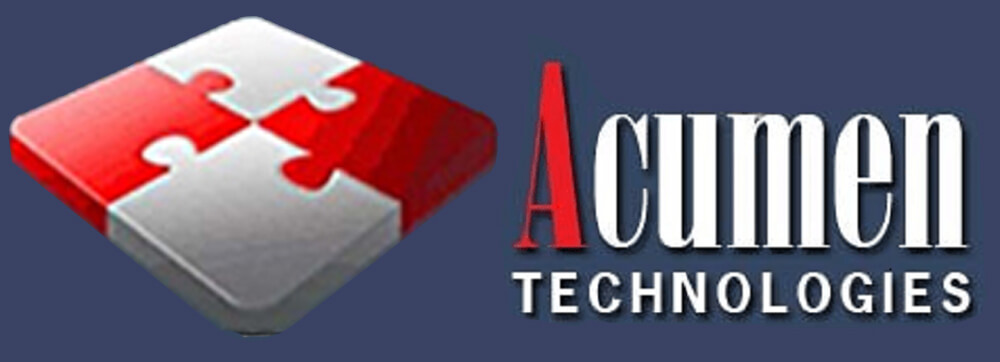Parallels Desktop is an excellent way to run Windows apps on MacOS, especially for ordinary users. It’s fast in testing, offers tight integration between Macs and guest systems, and supports many other OSes, too.
Parallels for Mac
CONTACT ACUMEN TECHNOLOGIES FOR PRICING
Tel 011 782 2194
email craig@acumentech.co.za
PROS
- Fast performance in testing.
- Tight integration with guest OSes.
- Effortless installation.
- Flexible file and folder tools.
- Options for opening Mac files in Windows apps.
- Can install macOS virtual machines directly from the Mac recovery partition.
Parallels Desktop is the fastest and friendliest way to run Windows apps on a Mac for the majority of users who are likely to want to do so. IT pros may prefer VMware Fusion; expert users who want no-cost apps will prefer the open-source VirtualBox. Hardcore gamers may prefer Apple’s Boot Camp, which lets users boot directly into Windows, with the added bonus of native graphics card support. For most ordinary Mac users who prefer Windows versions of apps like Microsoft Office or AutoCAD, however, or who use Windows-only apps like CorelDraw or WordPerfect Office, Parallels Desktop is the clear first choice for virtualization software.
Parallels for Mac
Apple’s Boot Camp is a good solution if you need to run Windows apps or games on your Mac, but it does have limitations. The main problem is simply that you have to shut down the Mac side of things completely and then reboot your Mac into Windows – which means that you lose access to Mac apps and features, such as Apple Mail or the cool new Sidecar feature that works with iPads.
For many people, virtualisation software such as Parallels Desktop is a more elegant and convenient solution, as it allows you to create a ‘virtual machine’ (VM) that runs Windows as though it were simply another Mac app. This allows you to run Mac and Windows apps side-by-side at the same time, so you’re not forced to switch between Mac and Windows as you are when using Boot Camp.
Parallels for Mac
The disadvantage of this approach is that you’re effectively running two operating systems on your Mac at the same time, so you need plenty of memory, disk space and – above all – processor power in order to run your virtual machines efficiently. Fortunately, modern multi-core processors can run routine apps such as the Windows versions of Microsoft Word or Excel using virtualisation with no trouble at all. And if you’ve got a decent graphics card – or maybe an eGPU that can give your Mac a graphics boost – you can even run quite demanding graphics and design software that would normally only be available for Windows PCs.
A regular cycle of annual updates – that generally coincide with updates to macOS itself – has allowed Parallels Desktop to rule the roost in the Mac virtualisation market in recent years. However, we’ll admit we were a bit worried when we heard that Parallels had been taken over by Corel at the end of last year. After all, Corel hasn’t had a great record of supporting the Mac over the years – although its recent release of CorelDraw for the Mac after a gap of almost 20 years did at least suggest the company hadn’t forgotten about Mac users altogether. And, rather than simply submerging Parallels Desktop within the labyrinthine depths of Corel’s own website, Parallels continues to maintain its own identity, and its own website at parallels.com.
With its main rival, VMWare Fusion, apparently skipping any major update this year, that gives the new Parallels Desktop 15 a good opportunity to reinforce its position as the leading virtualisation tool for Mac users who need to run Windows software.
Verdict
There are a number of rival virtualisation programs such as Fusion and VirtualBox, which allow you to run Windows on your Mac as a virtual machine, but the great strength of Parallels Desktop has always been its smooth integration of the Mac and Windows environments. That trend continues with Parallels Desktop 15, with elegant features such as support for Sidecar in Catalina.
This update also provides significant performance improvements, thanks to its support for Apple’s Metal and Windows DirectX 11, which allow it to run a wider range of graphics software than most of its rivals. Boot Camp will always provide better performance for running Windows games and software, but if you do need to run Mac and Windows apps side by side then Parallels Desktop is still the leader of the pack.

